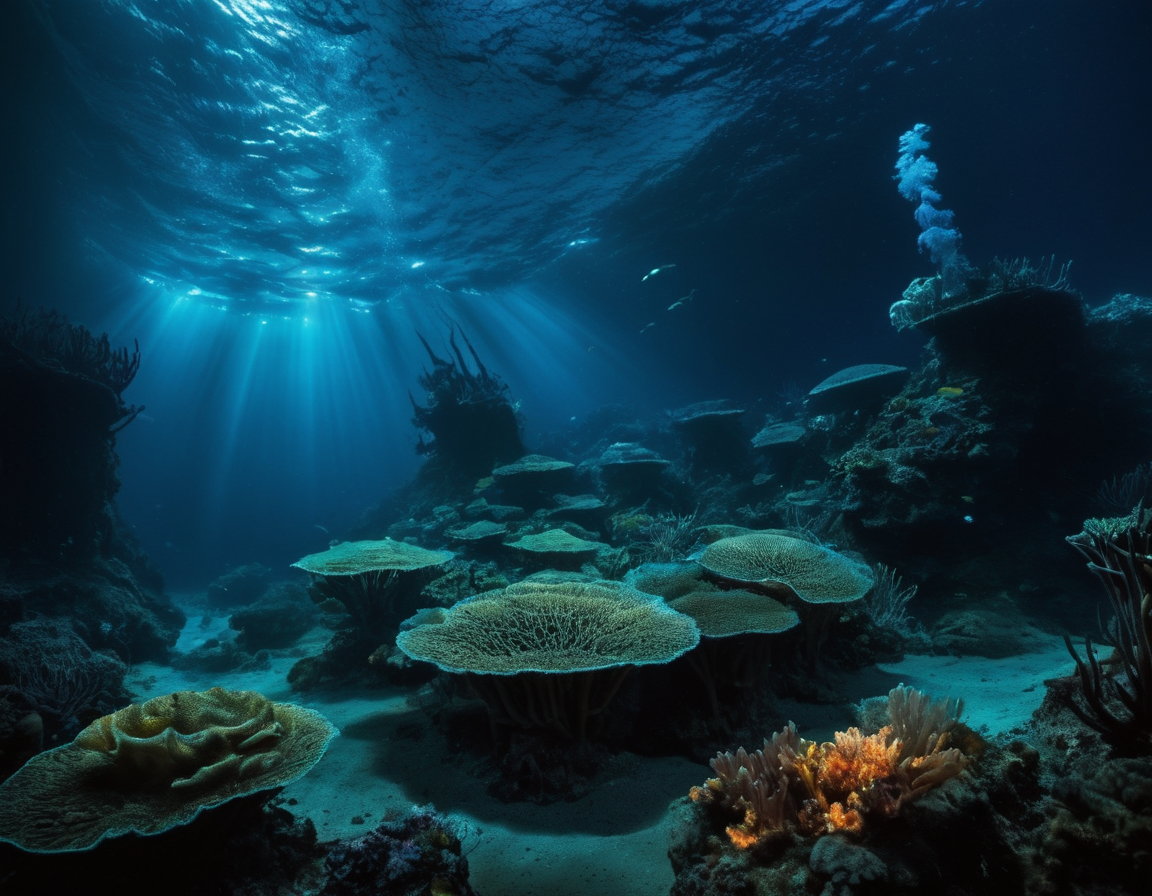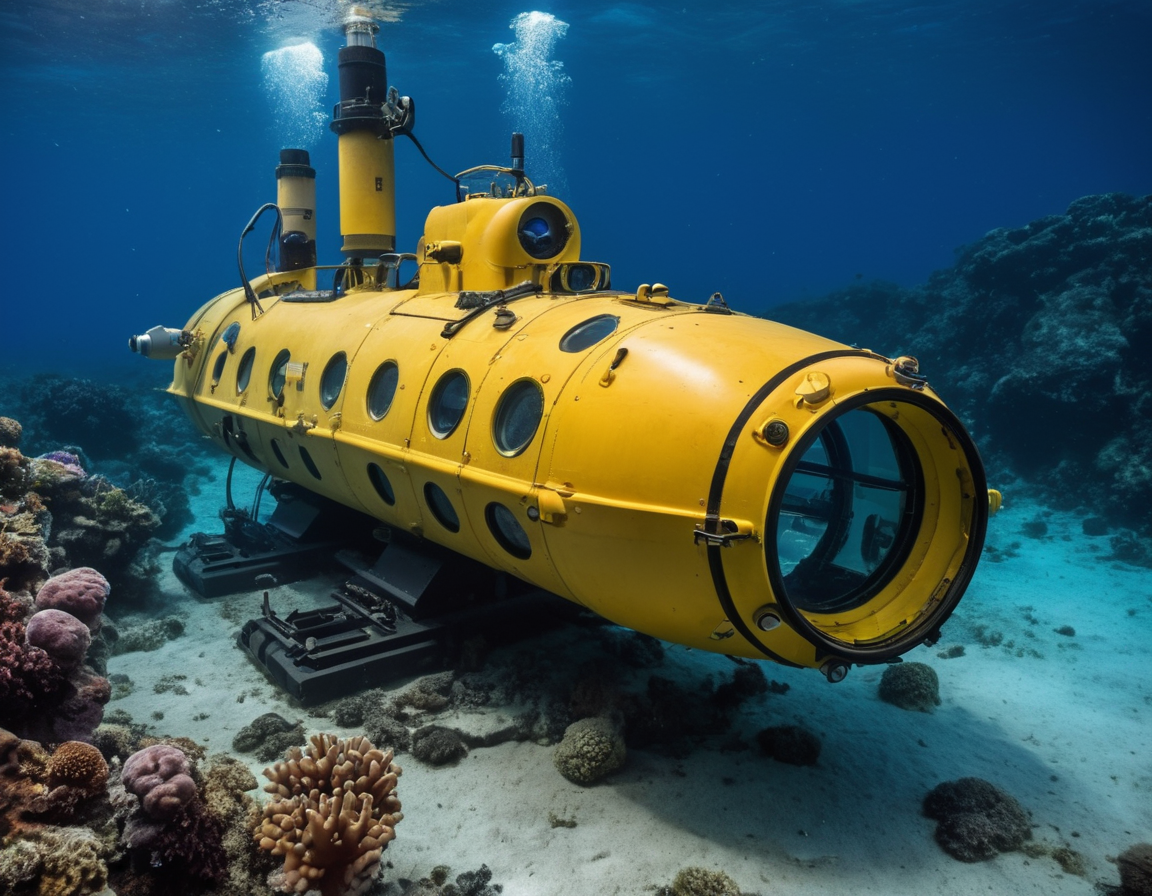Exploring the Depths of the Mariana Trench: Earth’s Mysterious Underwater Frontier
Unveiling the Secrets of the Mariana Trench
Deep below the surface of the Pacific Ocean lies a world shrouded in mystery and darkness – the Mariana Trench. With depths reaching over 36,000 feet, this underwater chasm holds many secrets waiting to be discovered. In this blog post, we’ll dive into the heart of the Mariana Trench, exploring its unique ecosystem, the historical milestones of its exploration, and the technological advancements that have made it possible to study this enigmatic part of our planet.
The Mystique of the Mariana Trench
The Mariana Trench is not only the deepest part of the world’s oceans; it is also a place of intense scientific interest.  Studies have shown the trench is home to an array of life forms that have adapted to the extreme conditions. These adaptations include unique physiological traits such as bioluminescence, specialized feeding mechanisms, and the ability to withstand the immense pressure that exists at these depths.
Studies have shown the trench is home to an array of life forms that have adapted to the extreme conditions. These adaptations include unique physiological traits such as bioluminescence, specialized feeding mechanisms, and the ability to withstand the immense pressure that exists at these depths.
Historical Expeditions to the Mariana Trench
Human curiosity has long driven us to explore the unknown, and the Mariana Trench is no exception. The first recorded descent was made in 1960 by the Trieste, a bathyscaphe piloted by Jacques Piccard and U.S. Navy Lieutenant Don Walsh. This groundbreaking expedition paved the way for future exploratory missions and expanded our understanding of deep-sea environments.
Decades later, film director James Cameron repeated the feat in 2012, reaching the trench’s deepest point known as the Challenger Deep. His solo dive in the submersible Deepsea Challenger brought back high-resolution images and samples that offered new insights into the trench’s geological and biological makeup.
The Role of Cutting-Edge Technology
Advances in technology have been crucial in studying the Mariana Trench. Unmanned vehicles such as autonomous underwater vehicles (AUVs) and remotely operated vehicles (ROVs) have been deployed for research and exploration, collecting data and capturing images where humans cannot reach. The use of sophisticated sonar mapping has revealed detailed images of the trench’s topography, allowing for better navigation and more targeted exploration in future missions.
The increasing prevalence of deep-sea research stations has also enhanced our ability to conduct long-term observations of oceanic phenomena, further enriching our knowledge of this deep and dark frontier.
Environmental Concerns and Conservation Efforts
Although the Mariana Trench is one of the most remote locations on Earth, it is not immune to the impact of human activities. The discovery of pollutants and microplastics at these depths is a stark reminder of our ecological footprint. Today, there is a growing focus on conservation and the need to protect these untouched habitats from further degradation.
Engaging with the Depths
There are many ways we can engage with and learn about the Mariana Trench, even from the comfort of our own homes. Documentaries and virtual reality experiences offer immersive glimpses into this underwater world, fostering a greater appreciation for the oceans and their hidden wonders.
As we continue to unveil the secrets of the Mariana Trench, it is crucial that we do so with a sense of responsibility and wonder, always mindful of the delicate balance that exists beneath the waves.
We encourage our readers to share their thoughts and curiosity about the Mariana Trench. Have you watched any documentaries or read any books about deep-sea exploration that inspired you? Share in the comments below!







